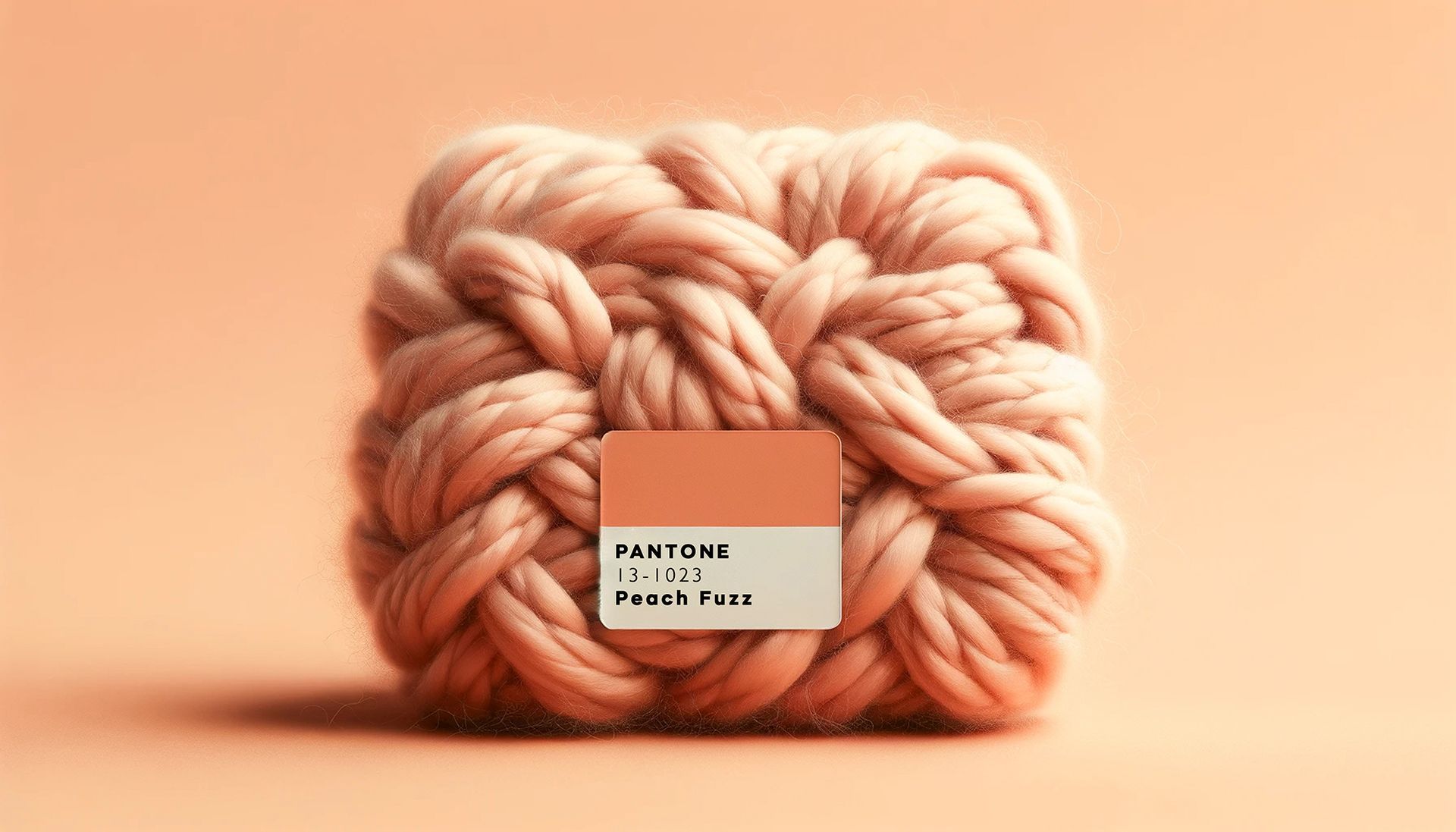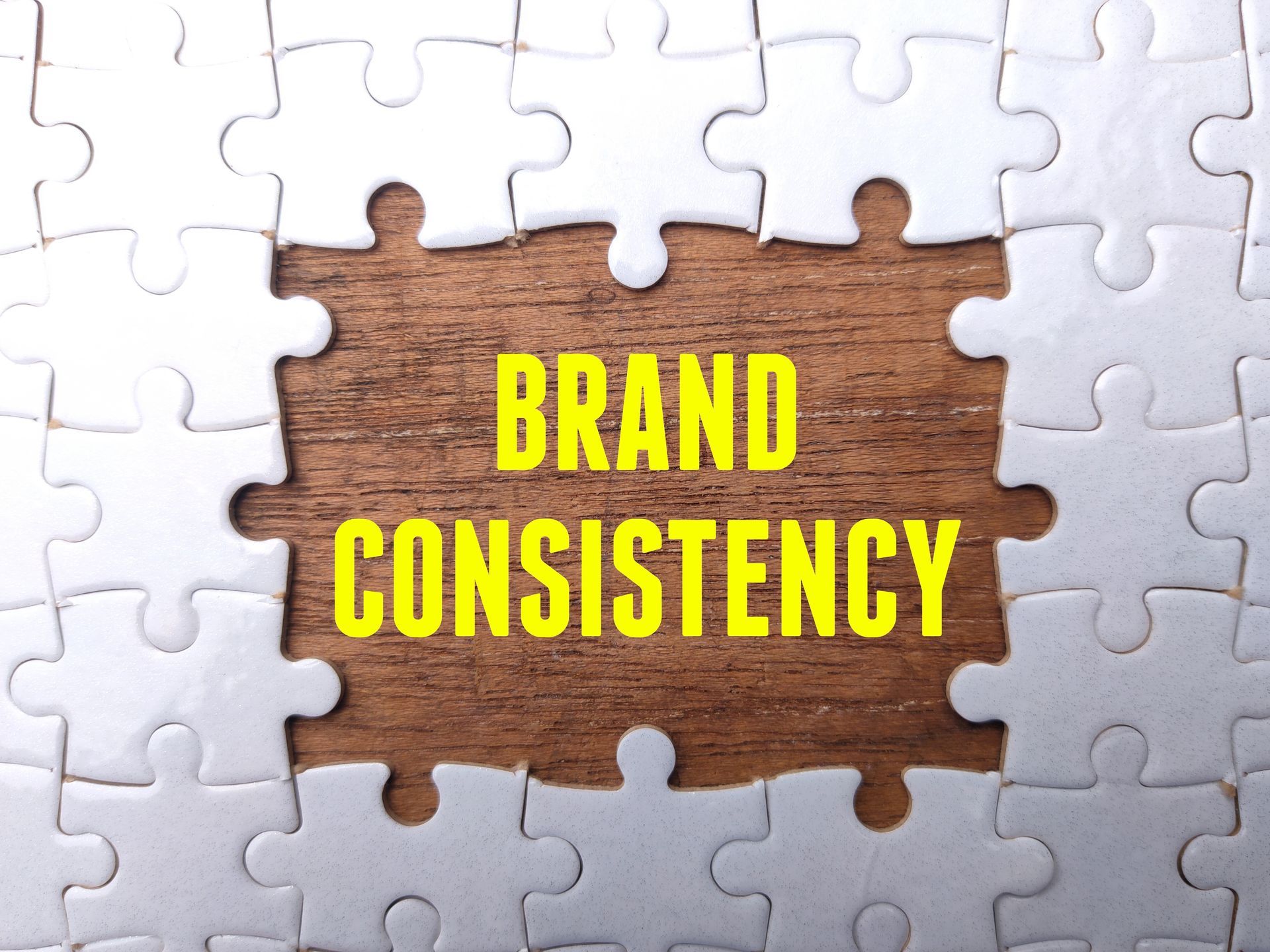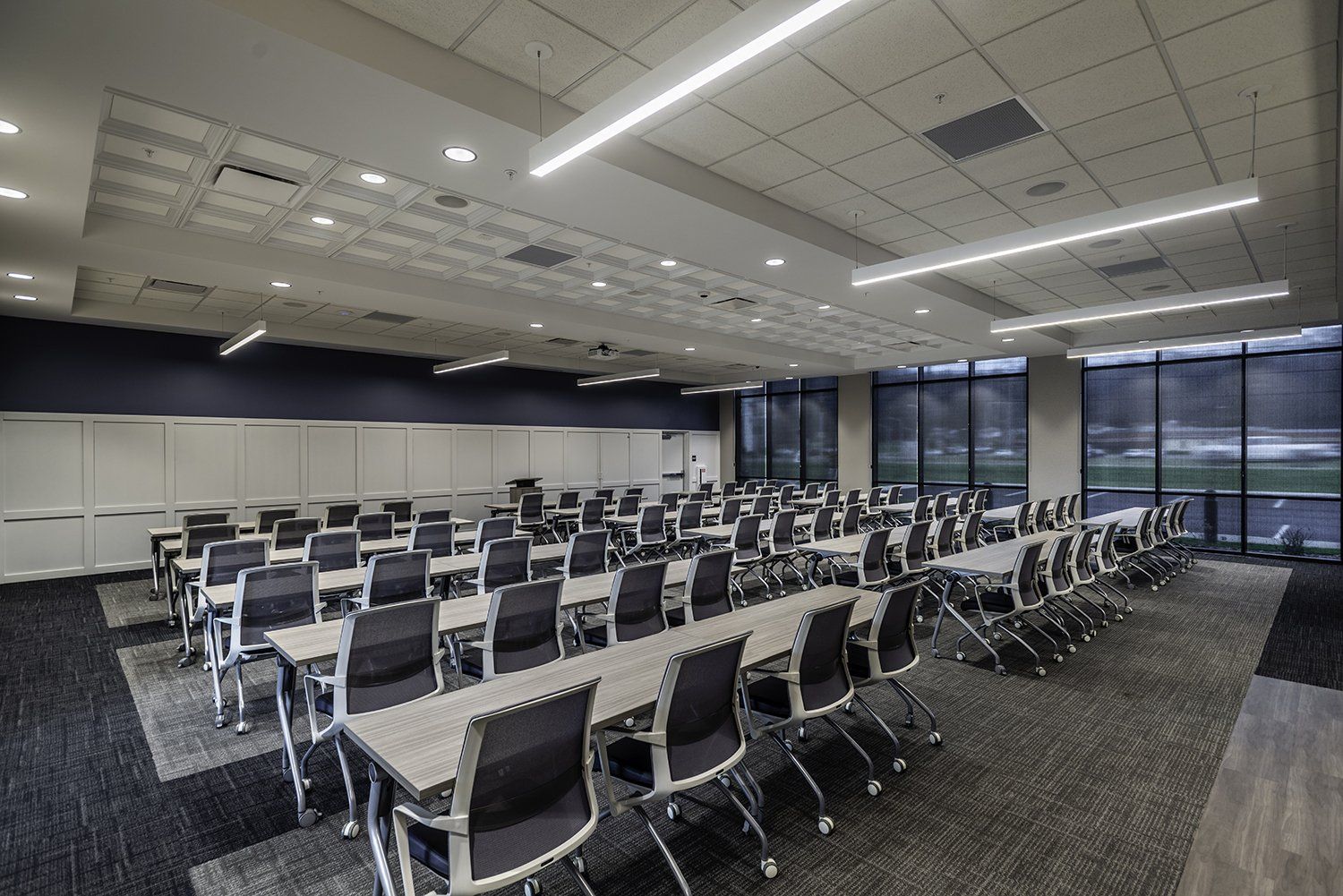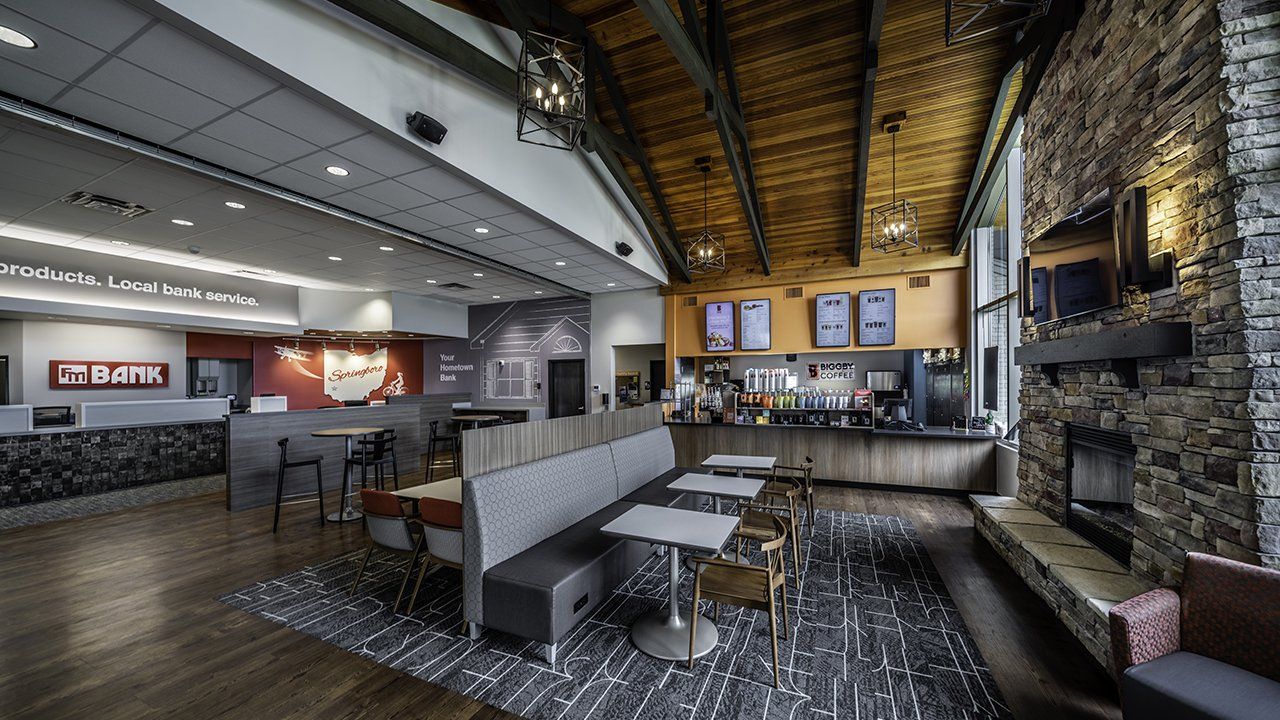Menu
Follow us on:

EUROPEAN ARCHITECTURE
During several trips to Europe my life has been greatly enriched by enjoying numerous examples of interesting architecture. The architecture shown in the pictures below was constructed during a time frame spanning from the 21st century back to the Middle Ages.

Author’s Own Photo – Trier, Germany
Since I’m prone to walk great distances, I’ve had the chance to observe how in many places the buildings themselves are enhanced because they surround very pedestrian-friendly spaces with no vehicular traffic. The picture above taken in Trier, Germany shows a nice example of this. I think this feature of buildings in relation to such spaces is more prevalent in Europe than here since much of the architecture in question was built long before automobiles had to be considered in city planning. Incidentally, during a visit to Antwerp I was about to take a picture of some great architecture surrounding a wonderful space when I saw a McDonald’s flag nestled among the buildings! Considering the incongruity of that “Big-Mac Attack” I decided to forego taking a picture of that particular space and architecture in Antwerp.

Author’s Own Photo
In all probability, the persons attending the first mass celebrated in the cathedral above would have been the grandchildren, if not great grandchildren, of the workers who broke the ground for it. Considering the extremely demanding deadlines in our day and age, it is mind boggling to imagination having such a perspective in relation to time.
Author’s Own Photo – Rocamadour, a Middle Age Village
Author’s Own Photo – Rocamadour, a Middle Age Village
The pictures above show Rocamadour, a Middle Age village. Since it was constructed about a thousand years ago, you can imagine the ingenuity, craftsmanship, determination, toughness, etc. needed to bring it forth.

Author’s Own Photo – German Church
The German church shown above may be the only one ever constructed on a cliff. Since I don’t have the athletic prowess required for ascending a rope hand-over-hand, you can imagine my relief upon discovering a pathway with what seemed to be a thousand steps for getting up to the church.
Author’s Own Photo – Office Building
I’m guessing the architect who designed the office building above was aware of and influenced by Mies Van Der Rohe and/or Richard Neutra.
Author’s Own Photos – Belgian Residence
In accord with Belgian law, all residences must be designed by an architect. When I discovered the residence above, located in a Belgian town with a population of about 5,000 persons, I imagined the architect may have been somewhat influenced by Le Corbusier.

Author’s Own Photos – Belgian Residence
During a visit with some dear friends in the little town of Deinze, Belgium; my wife and I were given the pleasure of seeing the charming little building shown in the picture above.

Author’s Own Photo – Public Housing Complex in Brakel, Belgium
The building above is part of a public housing complex built in my wife’s hometown of Brakel, Belgium. The project was completed in 2013 and although it probably isn’t a candidate for being featured in an architectural publication, it seems to be a reasonably nice example of low-cost housing.















